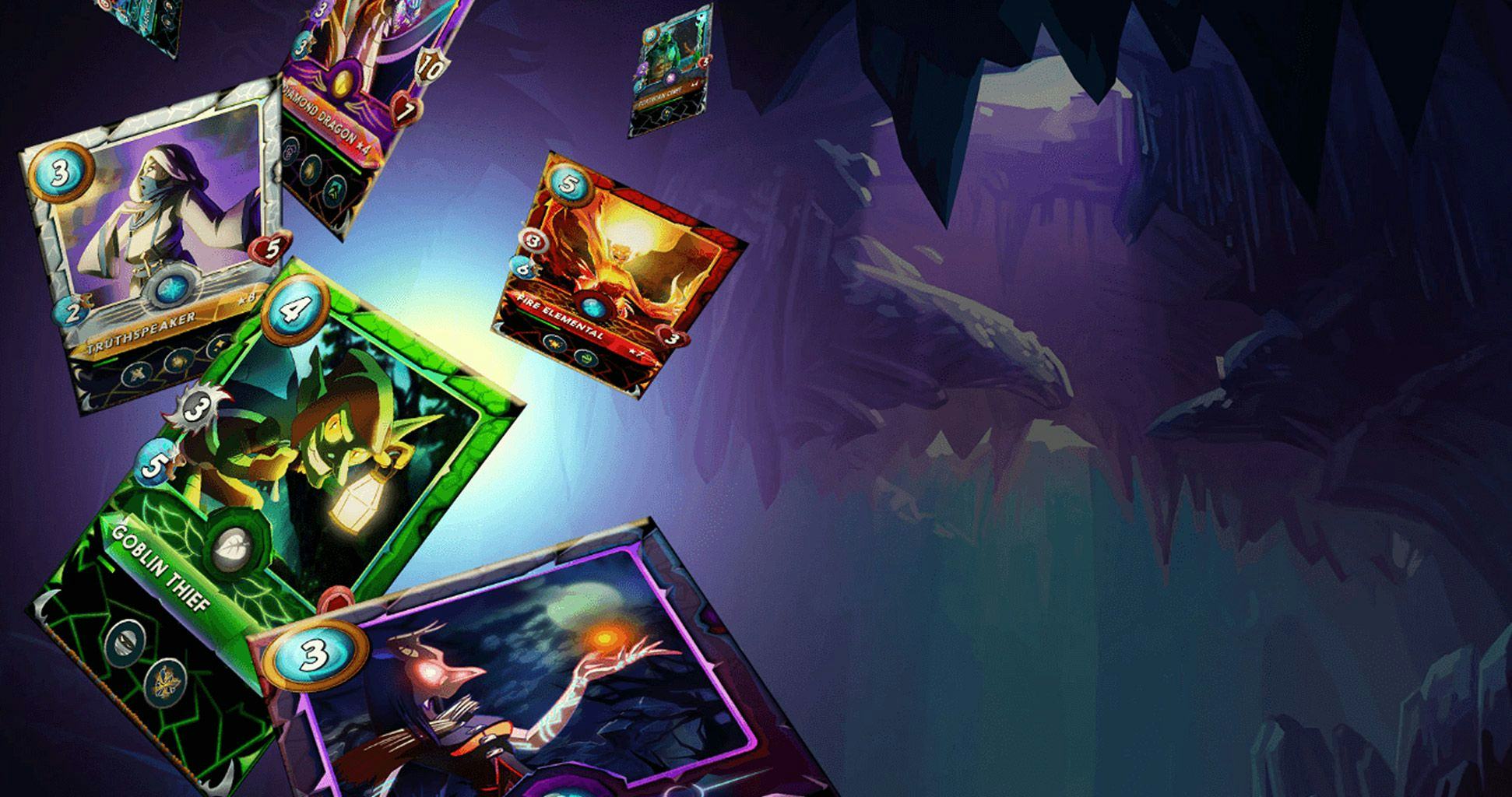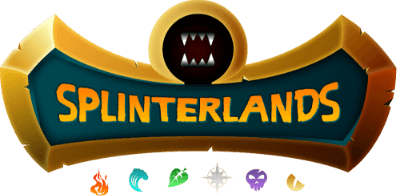
Splinterlands
6.5
Introduction
The blockchain gaming world is host to numerous card games, but few have lived up to the levels of success achieved by Gods Unchained and Splinterlands. The latter is one of the oldest web3 games to exist in the space, launching originally in 2018.
Splinterlands is a unique digital trading card game that allows players to truly own their cards and other in-game assets. Each card in Splinterlands is a non-fungible token owned by a player. That means that players can do anything they want with their cards, including battling for rewards, holding collectibles, trading on the peer-to-peer market, combining to level up, or even burning to obtain Dark Energy Crystals, the official in-game cryptocurrency of Splinterlands.
Gameplay
Splinterlands offers incredible depth for all card fan enthusiasts out there. With two types of cards, Summoners and Monsters. Both of them are the core elements of your deck. Players need to first select a Summoner. The team building screen will display all the Summoners in your Collection. Your choice of Summoner will determine which Monsters you can use, and its level will determine the level of the Monsters that can be added as well.
From there, you are restricted to selecting Monsters from the same allegiance of your selected Summoner or from the Neutral monsters. These are monsters that can be used in any deck considering they aren’t restricted in any way. Your team is limited to a total of 25 Mana, and every card you add brings you closer to that limit so keep an eye on that counter while forming your deck.
Splinterlands adopts a unique and innovative playing mechanism, with the battlefield featuring two rows and six positions. Each row serves a different type of monster, either ranged or melee. Melee characters need to exist in the front row, while ranged characters need to be in the backline. They can’t attack if placed in each other’s positions, which is logical to say the least.
The tiles and monster placement play a role in how certain abilities are triggered as well. Depending on the cards you play, where they are placed, and the adjacent cards, The gameplay kicks off by deciding which team goes first depending on the speed stat. If both monsters are tied in the speed department, the comparison goes towards the attack type, starting by comparing magic, ranged, then melee. If everything is equal, or both players coincidentally hold the same cards, then it is randomized.
Review
Splinterlands at the moment probably has the most innovative deck building mechanism and battlefield structure in the blockchain card game genre. Having said that, the game is incredibly difficult to grasp at the start since you are just thrown into it with a limited selection of cards at your disposal. The gameplay factor could have been more engaging instead of the current hands-off simulation style of cards just bashing into each other till someone wins.
It takes a lot of time and effort to evolve as a player in Splinterlands, which is incredibly rewarding. The game can be seen as pay-to-win from a certain perspective considering you can jumpstart your journey with researching and buying the strong cards in the current meta. However, Splinterlands’ renting mechanism assists in countering this matter, allowing new players to rank up faster using more powerful cards while not spending as much.

Mostafa Salem
Head of Gaming Research
Updated:
06/09/2023
Posted:
15/10/2022
Splinterlands Review
Splinterlands is one of the oldest games to benefit from blockchain technology and their ability to withstand the test of time over the years is something very few web3 games can say. The game delivers a unique take on the card genre with its gameplay and deck building mechanisms but at the same time, the core gameplay element being simulated leaves a lot of room to be desired as it completely removes what makes card games engaging to begin with. The element of being able to respond to your enemy's move doesn't exist and you can easily buy the best cards in the meta and climb the ladder to reap the rewards.
6.5
Pros
Unique deckbuilding mechanism
Unique card abilities
Steady learning curve rewarding time and gameplay
Cons
Hands-off gameplay that can be simulated to results
Slow expansion release keeping the meta stale for long periods of time
Server connectivity issues
Bugs on certain card interactions
Similar Game Reviews

Splinterlands is the next generation of collectible card games.
